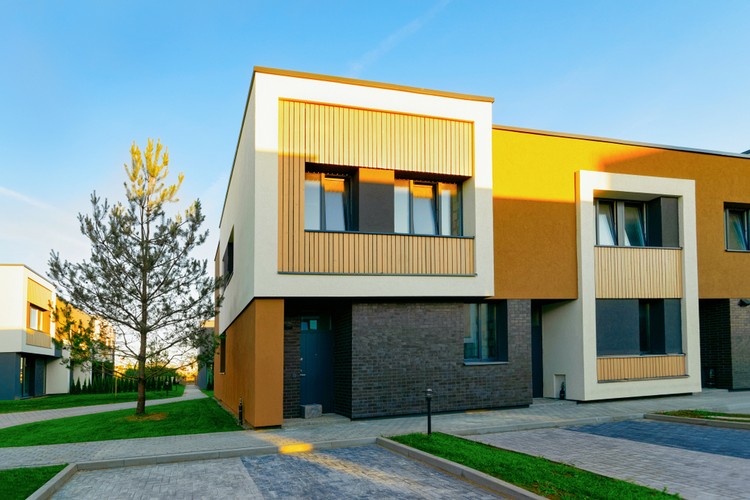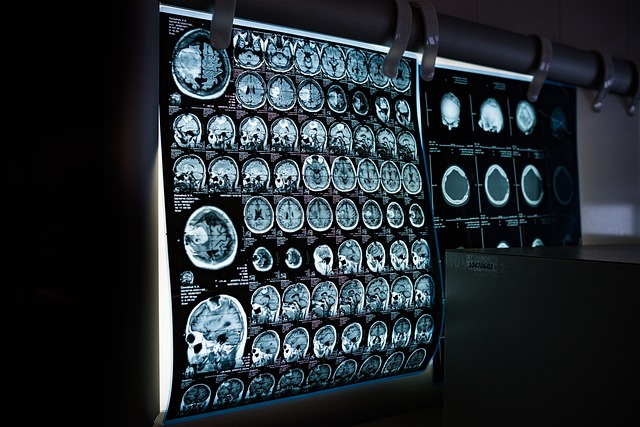Exploring Abandoned Houses: History, Causes, and Safety Considerations
Abandoned houses stand as silent witnesses to changing times, economic shifts, and personal stories. These vacant properties, found in both urban and rural areas worldwide, often spark curiosity while raising concerns about safety, property values, and community well-being. Understanding the complex factors behind house abandonment and its implications helps communities address this widespread phenomenon more effectively.

Impact on Communities and Property Values
Abandoned houses significantly affect surrounding neighborhoods. These vacant structures often attract vandalism, become sites for illegal activities, and pose fire hazards. Property values in areas with multiple abandoned homes typically decrease by 15-25%. Additionally, local governments face increased costs for maintenance, security, and potential demolition of deteriorating structures.
Legal Aspects and Ownership Rights
The legal framework surrounding abandoned properties varies by jurisdiction. Most municipalities have specific ordinances addressing vacant properties, requiring owners to maintain them or face fines. Some cities implement land bank programs to acquire and repurpose abandoned properties. Understanding local laws is crucial for anyone interested in purchasing or reporting abandoned properties.
Safety Concerns and Structural Issues
Abandoned houses present numerous safety hazards. Structural deterioration, exposed electrical wiring, mold growth, and compromised foundations make these buildings dangerous. Weather damage and lack of maintenance can lead to collapse risks. Professional inspection is essential before entering any abandoned structure, as these buildings may contain hazardous materials like asbestos or lead paint.
Rehabilitation and Restoration Options
Many abandoned houses can be rehabilitated into viable properties. Historic preservation organizations often work to restore architecturally significant abandoned homes. Some cities offer incentive programs for buyers willing to renovate vacant properties. The cost of rehabilitation varies significantly based on the property’s condition and location.
Cost Considerations for Acquiring Abandoned Properties
| Property Type | Average Acquisition Cost | Estimated Renovation Cost |
|---|---|---|
| Urban Property | $5,000 - $50,000 | $80,000 - $150,000 |
| Rural Property | $10,000 - $40,000 | $60,000 - $120,000 |
| Historic Home | $20,000 - $100,000 | $150,000 - $300,000 |
Prices, rates, or cost estimates mentioned in this article are based on the latest available information but may change over time. Independent research is advised before making financial decisions.
The future of abandoned houses often depends on community involvement and local government initiatives. While these properties present challenges, they also offer opportunities for neighborhood revitalization, affordable housing development, and historic preservation. Success stories of transformed abandoned properties demonstrate the potential for positive change when communities, developers, and local authorities work together effectively.






